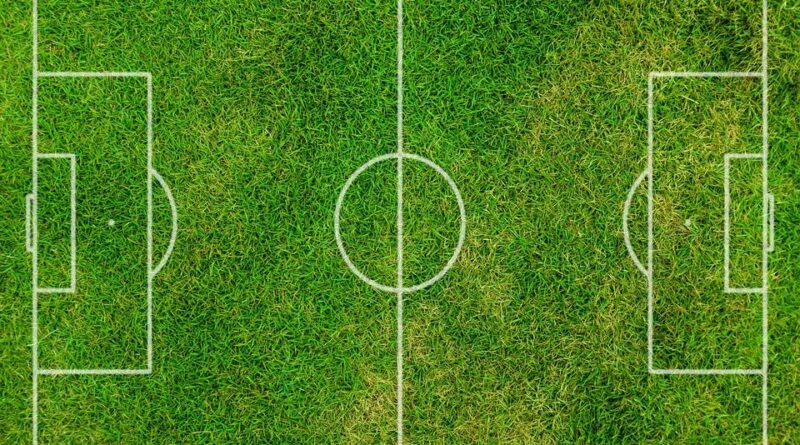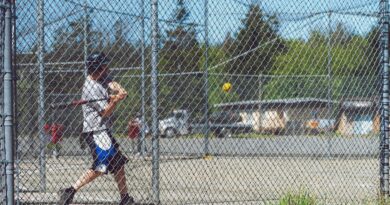Football turf field installation: Which you want
What is football?
The sport of Football is enjoyed by everyone, it is an activity that helps us build endurance and increases our fitness. It benefits our mental health too. In football, we are not just playing with our feet, as in a team sport we use all our physical abilities. Whether we are driving to save a goal or jumping for headers, we will be stretching and working on our balance. Running and accelerating will train your speed, which is one of the most important things in this sport.
As a result, football turf field installation plays an important role and is profitable in India. Professional turf installation is becoming increasingly popular among schools, universities, and local football players, among others. The most crucial advantage of this business is that it does not require any operating capital, unlike raw materials. As a result, the investor just requires fixed capital on the football turf pitch.
Artificial turf football field installation You Should Have
Artificial grass for football is designed to endure the most rigorous play. Artificial grass, unlike natural grass, does not require much upkeep and can withstand game after game. It contains an infill layer of tiny rubber and sand particles that lie gently between fake grass blades. The major role of infill is to provide a cushion for soccer players, culminating in a less damaging effect on any potential injury.
Individuals who appreciate nature will appreciate the artificial turf football field installation, which is constructed of high-quality grass.
Watering, brushing, and sweeping the ground are the most important things to do to keep the field in good condition. Brushed keeps the infill level and the blades erect and separated. Sweeping is required to remove leaves and other debris that might damage the field surface. The artificial turf drainage system quickly drains rain and other liquids. Turf installation for football is made from three different types of synthetic materials: Nylon, Polypropylene, and Polyethylene
Is professional turf installation more secure than grass?
While practising on artificial grass, players had a 28% greater risk of non-contact injuries occurring. In terms of non-contact injuries, turf has a 32% higher prevalence of non-contact knee problems and a shocking 69 per cent higher issue of non ankle injuries than grass.
According to one research, practising on turf fields in the NFL resulted in a 16% rise in lower extremity injuries when compared to playing on natural grass. These figures are from the 2012-2016 campaigns, when all lower-extremity injuries occurred (foot, knee and ankle).
Is it safer to play on sports field turf installation or grass?
Accidents to the upper and lower extremities, as well as the torso, occurred more commonly on turf fields than that on grass fields. When researchers looked at injuries by sport, they discovered that soccer, men’s lacrosse, rugby, and girls and boys football had greater risk of injuries than some other sports.
The invention of sports field turf installation in the 1960s meant the rise of a new lawn that never needs mowing, watering, or weeding. Synthetic turf is most often used in arenas for sports played on grass, but has become more popular in residential and commercial applications in the last few years. The first synthetic turf was essentially carpet, as it featured short pile fibres and did not have any infill – infill is usually made up of sand with antimicrobial properties of crumb rubber particles to raise the blades of the artificial turf and provide a cushion making the surface more resistant.
Over the last few iterations of turf, manufacturers have focused on making more realistic and environmentally friendly products. The same football boots can be worn on artificial grass pitches without worrying about slippage.


